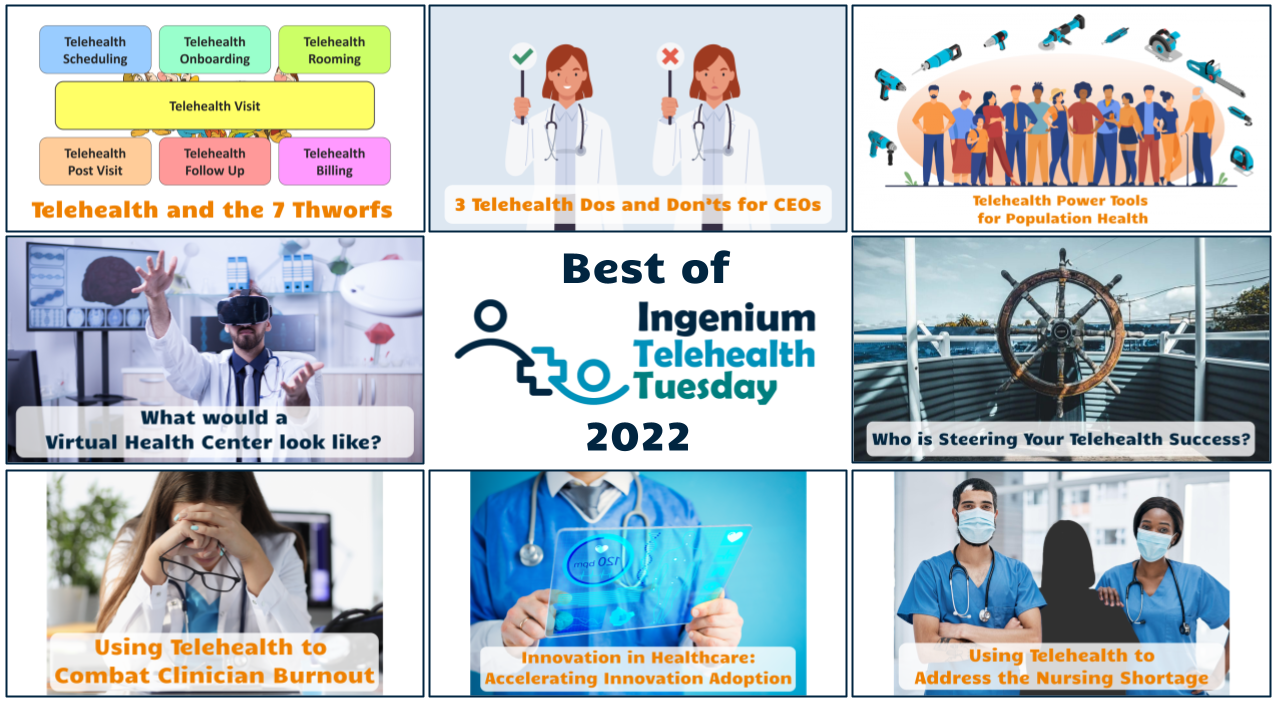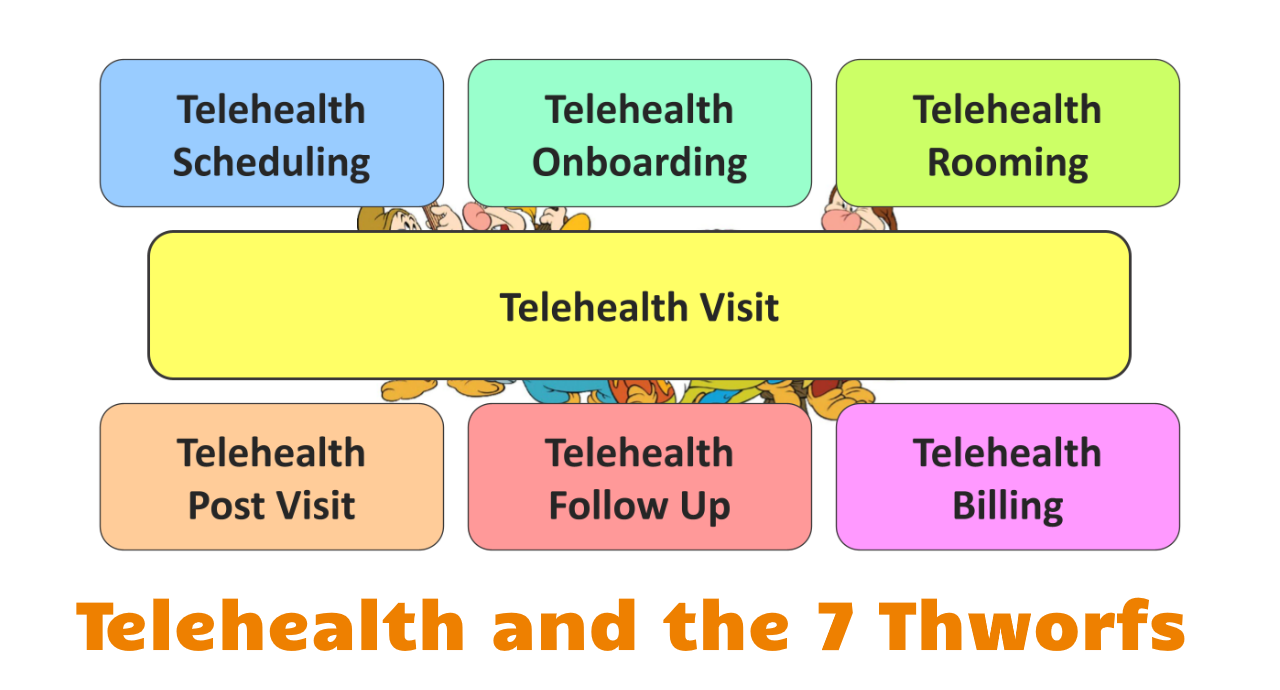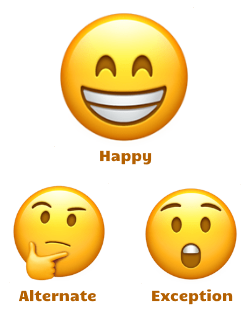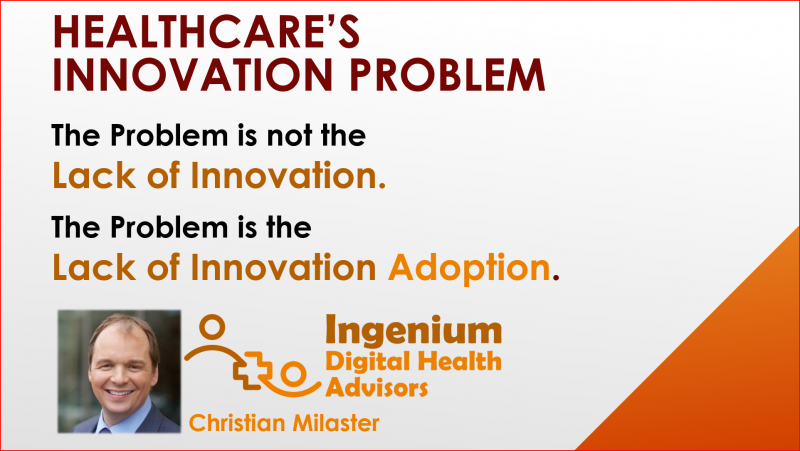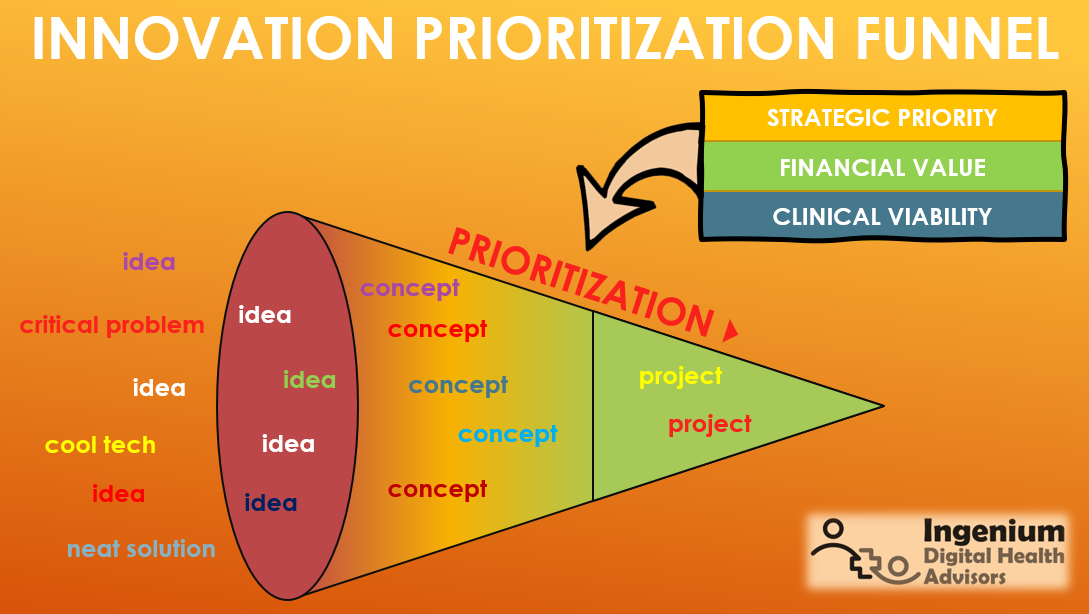Telehealth Tuesday was born in October 2019 out of the desire to share best practices and make the case for telehealth. In addition to our emailed newsletter (which each week includes a short personal editorial) Telehealth Tuesday is now also distributed as a LinkedIn Newsletter since April 2022.
Over the past year, Telehealth Tuesday gained over 100 subscribers and the LinkedIn newsletter is now reaching over 750 interested readers. Thank you for your interest and support (and keep sharing it with colleagues and peers)!
Since we publish an article a week, you may have missed one or two along the way, so here’s a highly subjective list of the best of Telehealth Tuesday 2022.
Telehealth Guidance for CEOs
While Telehealth is a clinical tool to be wielded by clinicians to deliver care in the most appropriate way, telehealth has also become a highly effective strategy tool in defending existing markets and expanding into new markets.
Therefore, it is increasingly important for CEOs of healthcare organizations to understand the value that telehealth presents and how it can be an effective tool to address many of the challenges that hospitals, health systems, health centers, and clinics are experiencing.



But before your CEO gets too carried away, make sure they also read the 3 Telehealth DOs and DON’Ts for CEOs. It succinctly summarizes how to think about telehealth (and how not to think about it), including a hit list of 6 quick actions to take.
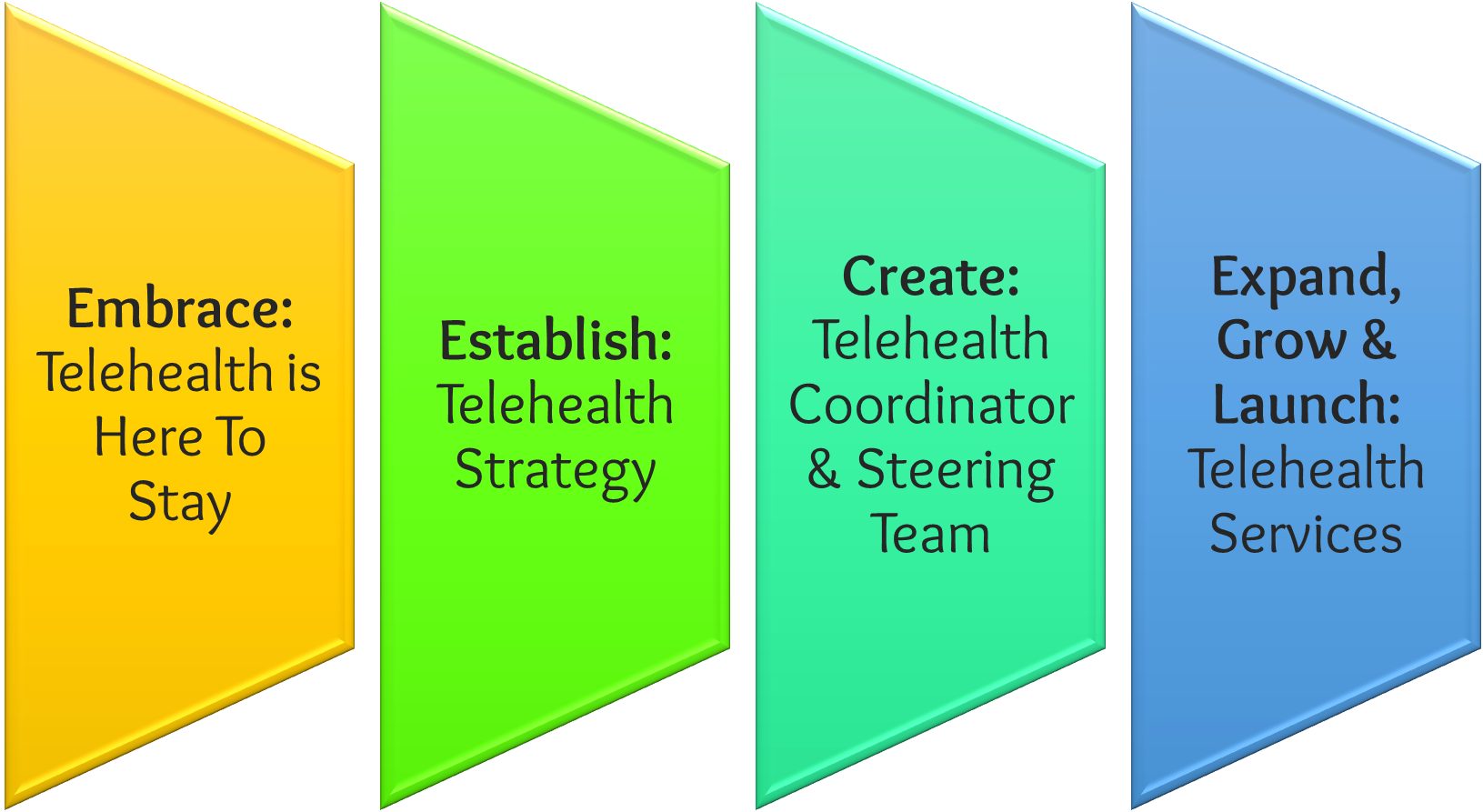


To round out our coverage on guidance for the CEO, the art of delegation (and enlisting the power of teams and teamwork) is addressed in the article that asks the CEO: Who is Steering Your Telehealth Success? Success requires leadership. Yet many telehealth programs run without anybody at the helm, leaving IT staff, nurses, physicians and schedulers to their own devices. This article covers the hallmarks of effective telehealth governance.
Value of Telehealth
What emerged over the course of the last year is that Telehealth is truly a power tool that can be leveraged to address some of the most pressing challenges facing healthcare these days.
While telehealth may not be the silver bullet to all of healthcare’s problems, it can be wielded masterfully to alleviate some of its problems, such as Using Telehealth to Address the Nursing Shortage.
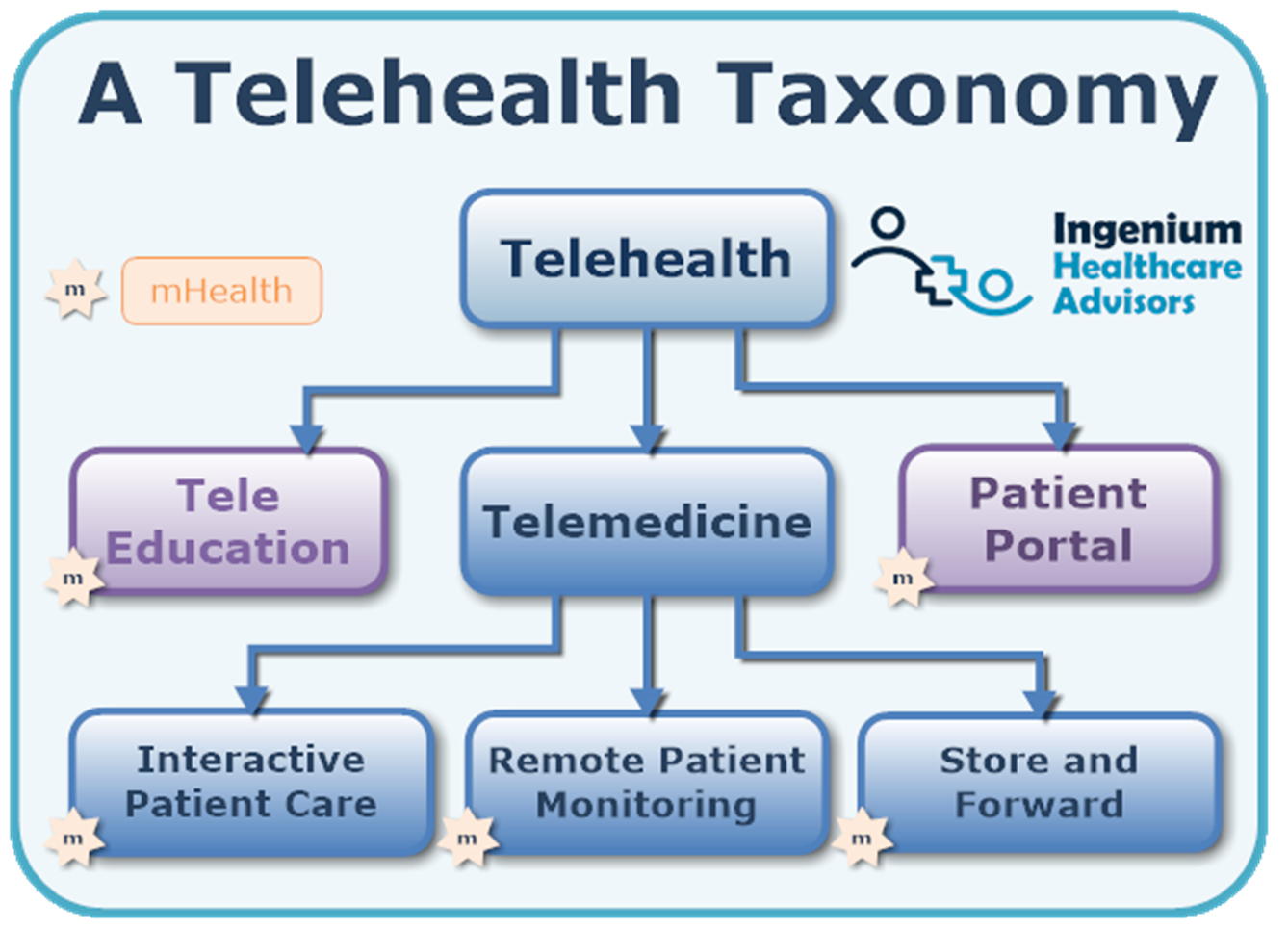


In a third article, we focused on Telehealth Power Tools for Population Health. Population Health and its related goals of health equity and social determinants of health are mainstay focus areas of most healthcare organizations. While telehealth is often reduced to video visits and RPM, telehealth can contribute greatly to achieving the goals of population health.
Workflows
While most leaders think about telehealth as a technology challenge (and in areas where patients don’t have reliable connectivity, it can be), telehealth is actually foremost an exercise in workflow design and training.
The first fundamental mindset shift is to realize that there are actually 7 Telehealth Workflows that must be defined and trained on. In our article Telehealth and the 7 Thworfs we cover the seven most important Telehealth Workflows (a.k.a. “thworfs”): Timey, Newbie, Roomy, Vizzy (or Doc!), Posty, Folly and Billy.
A Happy Day Scenario describes what should be happening 80% of the time. Too often, much precious time is wasted on exploring all the things that someday, maybe, eventually could go wrong and the team often loses sight of creating a superb experience for the users 80% of the time.
Read A Proven Recipe for Telehealth Workflows for a primer on the topic and find out more how to also use Alternate and Exception scenarios!
Innovation in Healthcare
I want to wrap up this year-end summary with two articles that go beyond the mere value of Telehealth. The biggest elephant in the room is not the lack of telehealth adoption. That is actually only the tip of the iceberg.
Over the past decade over $100 Billion dollars of Venture Capital have been invested into digital health solutions and we are now sitting on an unprecedented mountain of proven digital health innovation — with only a fraction in the hands of clinicians and patients.
Therefore the problem in healthcare is not the Lack of Innovation.
It is the Lack of Digital Health Innovation Adoption.
Even the traditionally very conservative and change-averse AMA now put their name behind a report called “Closing the Digital Health Disconnect: A Blueprint for Optimizing Digitally Enabled Care”, “which is designed to help bridge the digital health chasm as the pace of digital health progress in medicine does not yet match the technology’s potential.”
In my first article on this topic, I laid out a simple process for innovation adoption and provided guidance on how healthcare organizations can get better at Accelerating Innovation Adoption.
Once you have a reliable process for Innovation Adoption in place, the next challenge becomes how to select the next “Adoption”. With 100s of viable innovative digital health solutions out there, how do you select those that are most valuable to your organization? How do you prioritize digital health innovation? By applying an Innovation Prioritization Funnel!
From 2022 to 2023
2022 has been a challenging year for healthcare as the industry (and really, the world) stood up again, dust itself off and found a new way to operate post Covid. Exacerbated by severe staffing shortages, negative investment returns and staggering inflation, things were looking dire on many fronts with seemingly dozens of hospitals closing each quarter.
With this little sampling of Telehealth Tuesday articles I hope to have provided a glimpse of the great value that telehealth and digital health solutions can offer courageous, forward-looking healthcare leaders.
If you’d like our help with embarking on that journey, let me know.








To receive articles like these in your Inbox every week, you can subscribe to Christian’s Telehealth Tuesday Newsletter.
Christian Milaster and his team optimize Telehealth Services for health systems and physician practices. Christian is the Founder and President of Ingenium Digital Health Advisors where he and his expert consortium partner with healthcare leaders to enable the delivery of extraordinary care.
Contact Christian by phone or text at 657-464-3648, via email, or video chat.

